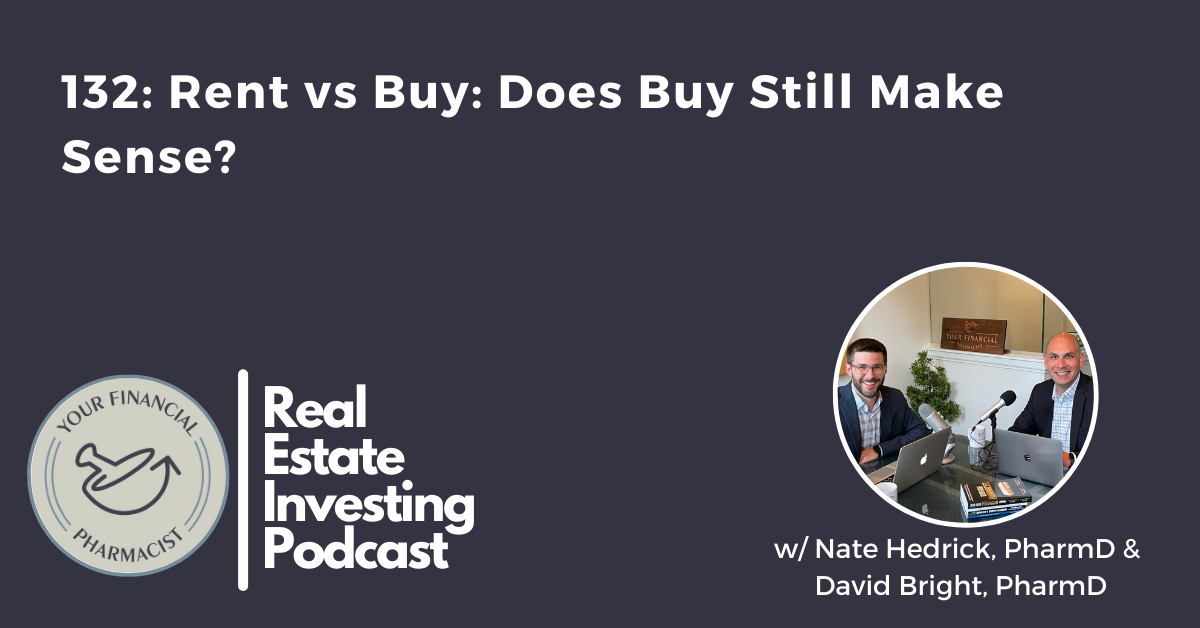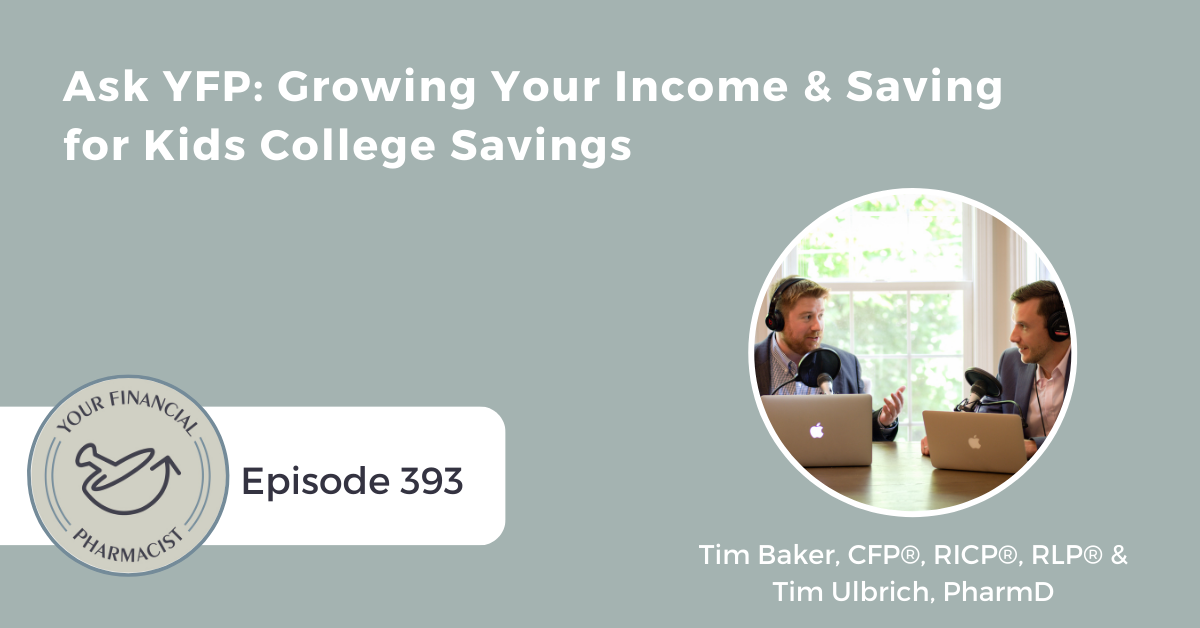Take a minute to answer the following questions:
Assuming you will retire at 65 and die at 82 (morbid, right?), how much money do you think you will need to have saved for retirement? Furthermore, what factors led you to come up with that figure?
In order to estimate a dollar amount needed to retire, we need to make some assumptions including the following:
- Life expectancy
- Age of retirement
- Salary increases
- Rate of inflation
- Percentage of working income needed to live each year in retirement
- Rate of return on our investments before and after retirement
Once we make these assumptions we can come to a dollar amount needed to reach financial independence or better known as the point when one can retire and replace his/her income without having to work. What a sweet moment, right?
While this won’t be a perfect assumption considering variables that can come into play that have a significant impact on the end goal such as uneven growth in investments through the working years, unpredictable changes in income, and investments fees, it is a good place to start. Therefore, let’s walk through an example together that has three different scenarios to highlight how changing one or two variables can have a significant impact on the result. You can then change the assumptions and run through it yourself.
As of today, if a male were born in 1984, he is expected to live to be 82 years old (check out your own life expectancy at https://www.ssa.gov/OACT/population/longevity.html). Therefore, if this individual were planning to retire at the age of 65, he would have to have funds available to live for 17 years beyond the date of retirement. For this example, let’s assume this pharmacist is making $120,950; the median pay cited by the 2014 Bureau of Labor Statistics.
When we make assumptions on the factors noted above, we need to keep a few things in mind.
First, what is your desired retirement age? Yes, lots can change along the way for lots of reasons but if you could choose your desired retirement age right now, what would that be? This will have a significant impact on the calculations as you will see in a minute.
Second, what percentage of your income during the working years do you want to have available in retirement. 80%? 100%? 120%? You can choose any number depending on your desired lifestyle in retirement. Often you will hear that a lower percentage of your income (such as 80%) is reasonable to have during retirement with the assumption that expenses during one’s working career will be higher than that during retirement. For example, during retirement, the goal would be to have a paid off home without any monthly mortgage payment like was being made during working years. The counter to this argument could be for someone that desires to have significant expenses in retirement (e.g., travel, buying a second home, etc.) or would like to be in a position to give away money at a rate he/she wasn’t able to do during the working years. In this case, an assumption of 100% of today’s salary (in future dollars) is reasonable or maybe even 120% depending on your desired lifestyle during retirement.
Third, what rate of return do you anticipate you will get on your investments before and after retirement? While much of this is out of our control based on the volatility that comes along with investing, a projection can be made based on how conservative (assumed lower %) or how aggressive (assumed higher %) you may be in your investment approach. In future articles, I will spend lots of time covering types of investments, advantages/disadvantages to those investments and factors to consider when putting together a portfolio that matches your goals and risk tolerance. For now, let’s make it simple by choosing a lower assumption (such as 6%) if you tend to be more conservative and a higher assumption (such as 8%) if you tend to be a bit more aggressive. Some could argue the 6% isn’t very conservative and 8% isn’t very aggressive, but for the ease of making these assumptions, let’s go with it. If you want to be more conservative or aggressive, you can make those changes when running the numbers yourself.
So, let’s get back to our example of a male born in 1984 and look at three different scenarios. For all three scenarios, we will assume he has no retirement savings to date. Hopefully, that is not the case but certainly not an unheard of scenario considering many new graduates are strapped with significant debt coming out of school. Take note of the numbers in bold that are the factors that are changing between the three scenarios.
| Assumption | Scenario 1 | Scenario 2 | Scenario 3 |
| Current age | 32 | 32 | 32 |
| Salary | $120,9501 | $120,9501 | $120,9501 |
| Current retirement savings | $0 | $0 | $0 |
| Projected age of retirement | 65 | 67 | 70 |
| Years of retirement income needed (based on life expectancy of 82) | 17 | 15 | 12 |
| Expected income increase (per year) | 3% | 3% | 3% |
| Projected rate of inflation (per year) | 3% | 3% | 3% |
| Percentage of current income (in future dollars) needed in retirement | 100% | 90% | 80% |
| Pre-retirement investment returns | 6% | 7% | 8% |
| Post-retirement investment returns | 3% | 3% | 3% |
| Assume Social Security Benefits? | No | No | No |
| Amount saved at date of retirement | $5.4 million | $4.6 million | $3.6 million |
| Amount needed to save each month to reach retirement goal | $4,990 | $3,001 | $1,496 |
1 Average pharmacist salary according to Bureau of Labor Statistics, 2014
Wow, what a difference! In Scenario 1, he would have to save $4,990 per month all the way up until retirement to reach his goal. That would be well over 50% of his salary to start and likely not a realistic scenario. Compare that to Scenario 3 where he would have to save $1,496 per month to reach the retirement goal. Still a lot per month but much better and more realistic at about 20% of his salary. While we may not like the assumptions used in Scenario 3 such as having to work until 70, having to live off a lower percentage of income during retirement or assuming more aggressive returns on investments during the working years, the key is we have a goal in place with reasonable assumptions that will inform a plan to achieve that goal. Without that goal, we are hoping to have enough saved for retirement but may fall significantly short and/or be unpleasantly surprised as we near that age.
One last thing worth discussion is the power of starting early. In scenario 3, if this individual would have started at 26 instead of 32, he would be able to reduce the amount he needs to save per month towards retirement by $395 to meet the same goal of having $3.6 million saved. I don’t know about you but an extra $395 per month is a big deal!
So how does this example compare to the number you wrote down just a few minutes ago? Maybe it shocks you or maybe it validates your thinking. Regardless, once we get to this point we can now determine a plan for what needs to happen each year, or even each month to achieve this goal.
So here is your Financial Homework this week. Play around with the retirement calculator at https://www.dinkytown.net/java/RetirementNestegg.html You can make your own assumptions to determine your retirement number and then work backward to figure out how much needs to be saved per month to achieve that goal.
One final thought. Remember that saving for retirement is one of many financial goals and should be considered in the context of those other goals such as giving, saving for kids college, paying off the house, etc. Do not jump into changing one factor of your financial plan without considering the others.
P.S. If you didn’t figure it out, the example used in this post is based on my birthday! Therefore, I have 50 more years to live according to the life expectancy calculator. Jess and I are currently saving 22% of our income towards retirement so we are close to being on track to achieve the goal but have some work to do!
Join the YFP Community!
Recent Posts
[pt_view id=”f651872qnv”]








